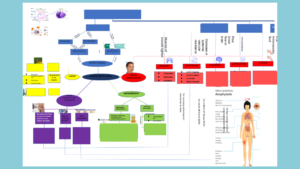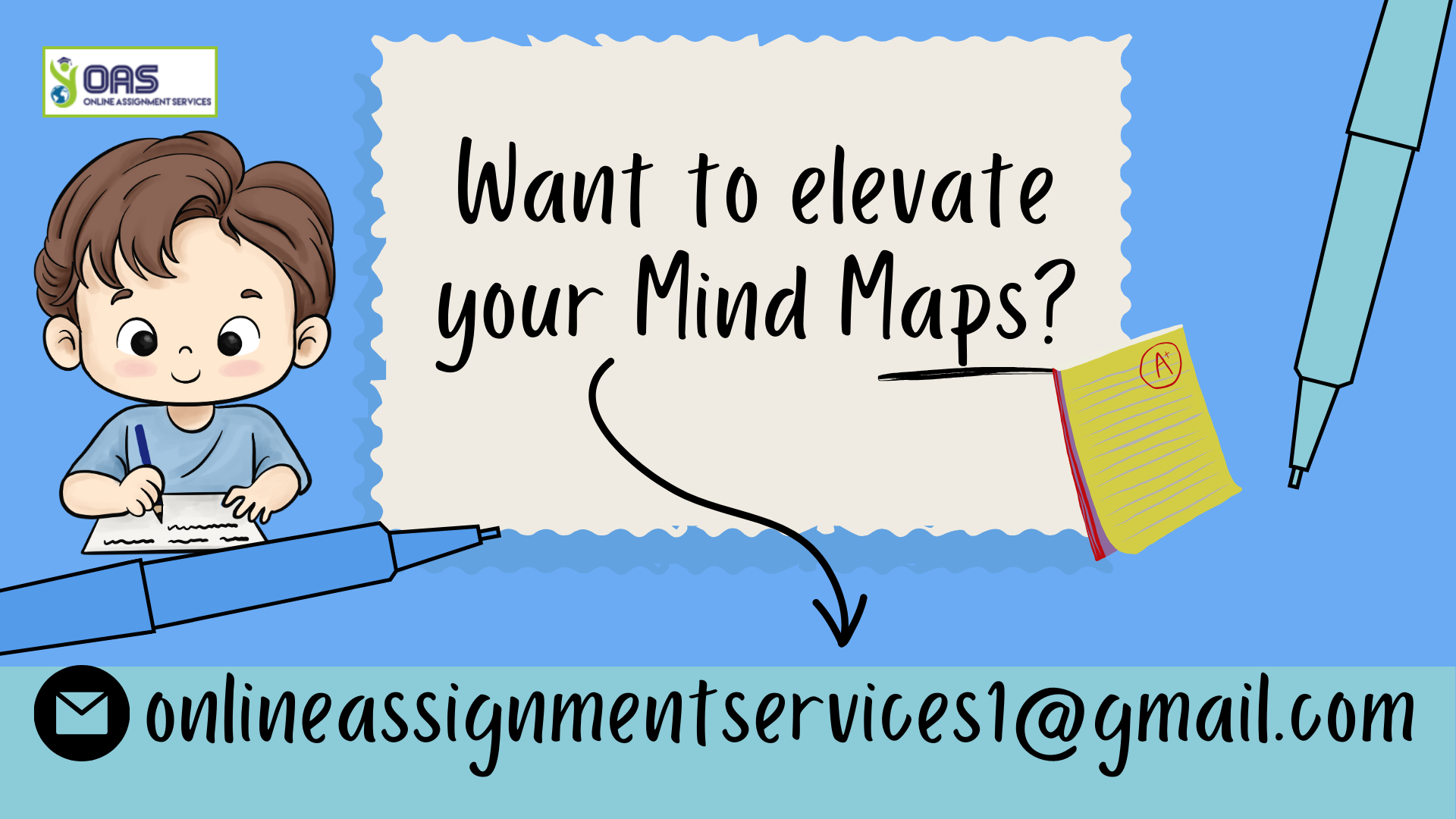NURBN 3030: Mind Map and Summary Assignment Help

Question
NURBN 3030: This Federation University Assignment requires the student to create a mind map and a supporting summary to depict and describe the topic of Anaphylactic Shock in detail. In addition to describing this topic in detail, the mind map and summary should also reflect a critical analysis of Anaphylactic Shock as a cause of deterioration of the patient’s condition. The student is supposed to provide the supporting justifications for the mind map through the summary which should also incorporate data from relevant literature.
Solution
The solution for this assignment incorporates a graphically detailed mind map produced by our experts, and a supporting summary explaining all the aspects depicted in the mind map. For this assessment, our experts first researched and produced an in-depth critical analysis of all the primary concepts relating to anaphylactic shock as well as the significant pathophysiologies for the same. Secondly, the mind map and summary also elaborate on the causes, clinical manifestations, and interventions used for its management . Lastly, important nursing assessments and interventions that can be implemented by a registered nurse are highlighted.
Mind Map
We have provided a small part of the complete Mind map developed by our experts here.

Need the complete Mind Map? Don’t hesitate to WhatsApp us at +447956859420.
Summary
Another requirement of this assessment includes a supporting summary for the mind map which was was created for the topic of Anaphylactic Shock.
The summary begins by providing a brief introduction to the meaning of Anaphylactic Shock along with some of its characteristic features. You can read a small part of the complete section below:
The summary for the above mind map talks about anaphylactic shock, a common factor for patient deterioration. In the mind map above, various aspects of anaphylactic shock are illustrated. Moving clockwise, the causes are depicted by yellow, pathophysiology by blue, clinical manifestations by red, management in green and nursing intervention in purple. Anaphylactic shock is a systemic hypersensitive allergic reaction that is characterised by life threatening problems.
Interested in reading more about anaphylactic shock? Wait no more, and call us at +61 871501720 today.
Next, our experts have highlighted the significant pathophysiology of the anaphylactic shock by discussing how the disease progresses to a state of deterioration of the patient’s condition.
Reber et al. (2017) anaphylactic shock brings about several pathophysiological changes that are either immunological or non-immunological. In immunological anaphylactic shock the reaction can be immunoglobulin E(IgE) dependent or IgE independent. After initial exposure to allergen, antigen-presenting cell (APC) presents the antigen to T cells which stimulate B cells to produce IgE. According to Sutton & Davies (2016), when the allergen interacts with pre-sensitized cell it crosslinks to IgE and then binds to FceRI receptor and form antigenreceptor complex, the reaction is IgE dependent.
This is only 50% of the solution. To know more, WhatsApp us at +447700174710.

The following section remarks on the possible causes for the condition. Our experts have used appropriate literature sources to describe and critically examine this section.
Basic cause of anaphylactic shock is an allergen that binds with the receptor and mediates the release of biochemical products like histamines, heparin etc.(Kemp, 2020) Causative agents of anaphylactic shock can be classified into two categories, antigen that elicit IgE dependent anaphylaxis and antigens that elicit IgE- independent anaphylaxis.
Did you like the answer written by our experts? Reach out today- onlineassignmentservices1@gmail.com.
In this section, the clinical manifestations related to anaphylactic shock are discussed in detail by our experts.
Mediators like histamine elicit pathophysiological changes in respiratory, gastrointestinal, circulatory, neurological and cutaneous systems. Release of histamine result in bronchoconstriction due to which the patient might show signs like wheezing, dyspnoea or coughing. Effect of massive release of mediators also affects the circulatory system and causes vasodilation which manifests symptoms like hypotension, tachycardia
Wish to read more? Call us at +61 871501720 today.
In an attempt to explain the mind map better, our experts have elaborated on the management techniques by considering the standard practices and professional codes necessary for dealing the deterioration in a patient’s case.
As per ASCIA (2019) state-wide guidelines for management of anaphylactic shock, immediate management of anaphylactic shock should be done by firstly the allergen, must be removed from the vicinity of the patient. Secondly, the patient must lay flat in supine position to help in easier breathing. Thirdly, IM epinephrine (1:1000) should be administered in midouter thigh without any delay using an auto-injector or syringe.
This is only a snippet of the complete answer written by our expert. To know more, WhatsApp us at +447956859420.
The last section provides the interventions and assessments related to nursing the patient, which can be undertaken by a registered nurse to improve the patient’s sitaution.
Lastly the mind map explains the nursing assessments and interventions. Nursing assessment follows the criteria of ABC (airway, breathing, circulatory) criteria (Institute of medical science., n.d.). If the patient shows symptoms like wheezing and dyspnoea, nurses must auscultate their breathing sounds and monitor vitals like respiratory rate, rhythm and breath. After the assessment, nurse’s intervention for treating respiratory manifestations of anaphylaxis would be to administer bronchodilators like salbutamol through puffs or nebuliser.
Do you also feel stuck with your mind map? Let us help you. Reach out today- onlineassignmentservices1@gmail.com.

